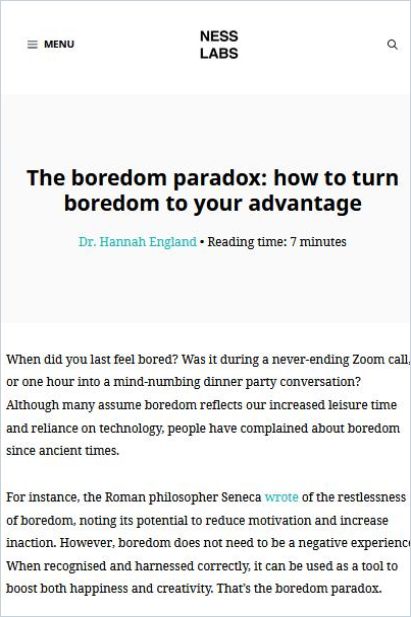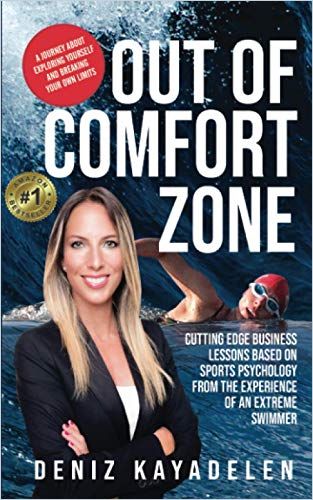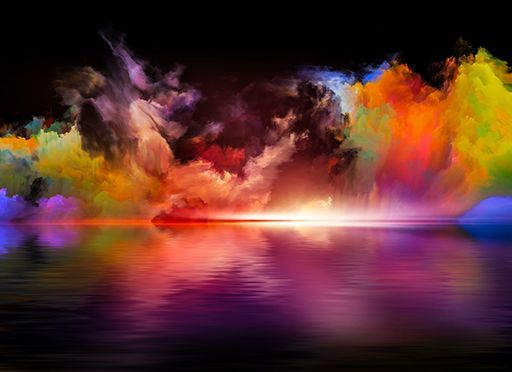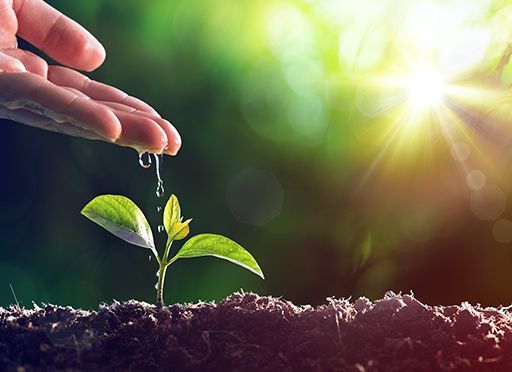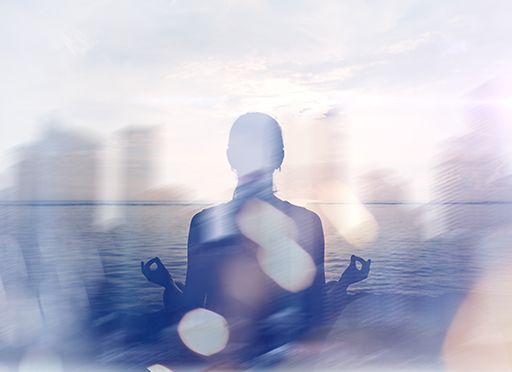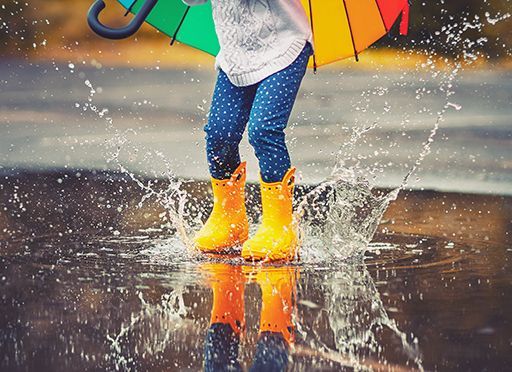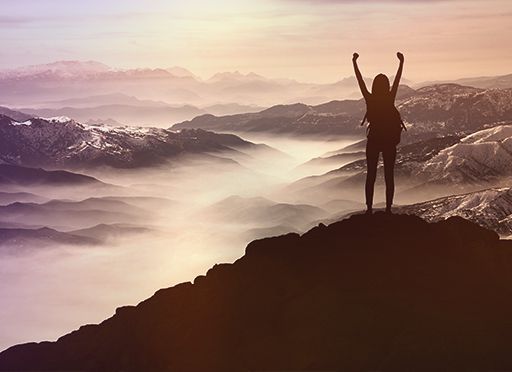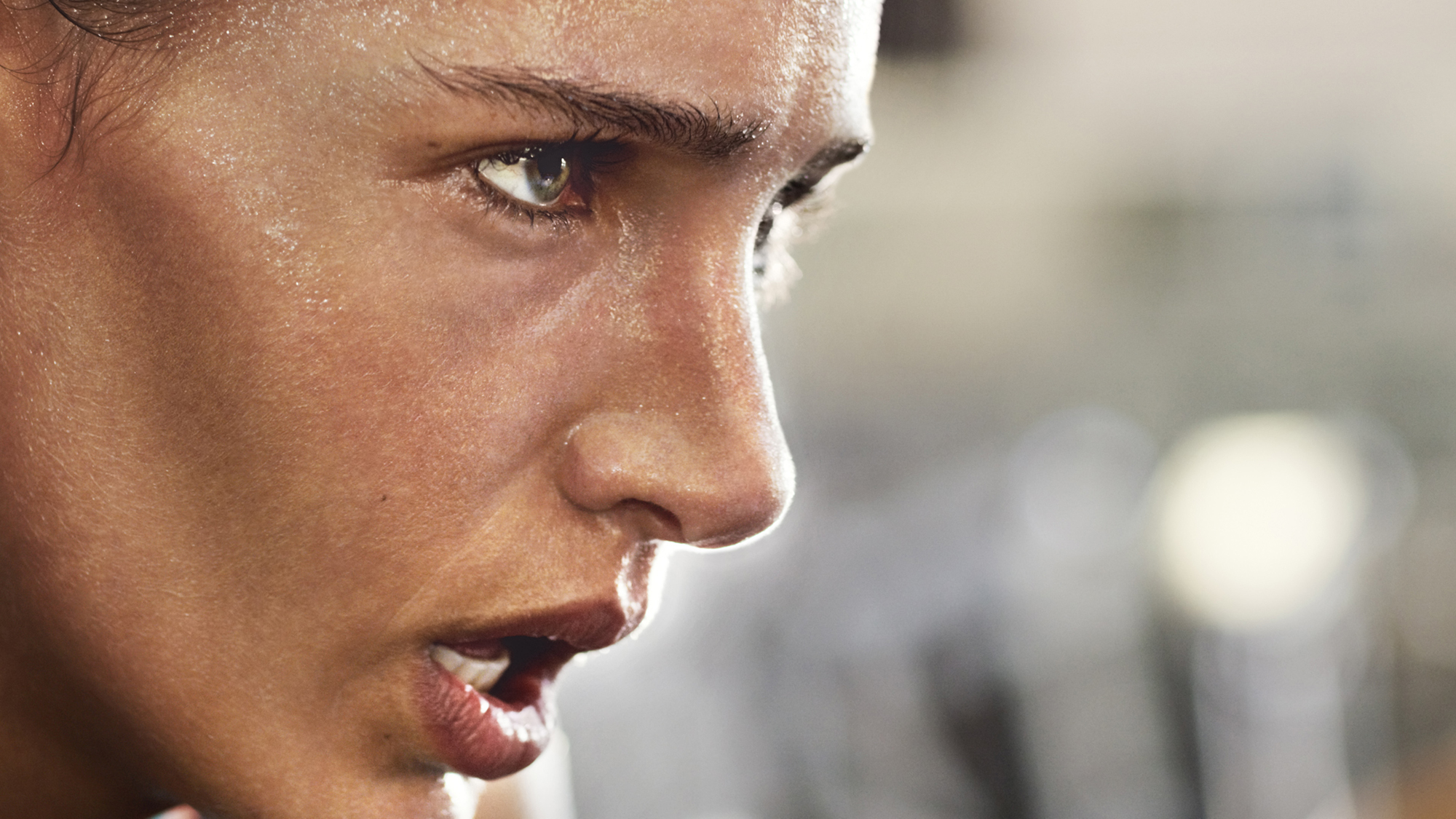Ready, Set, Flow
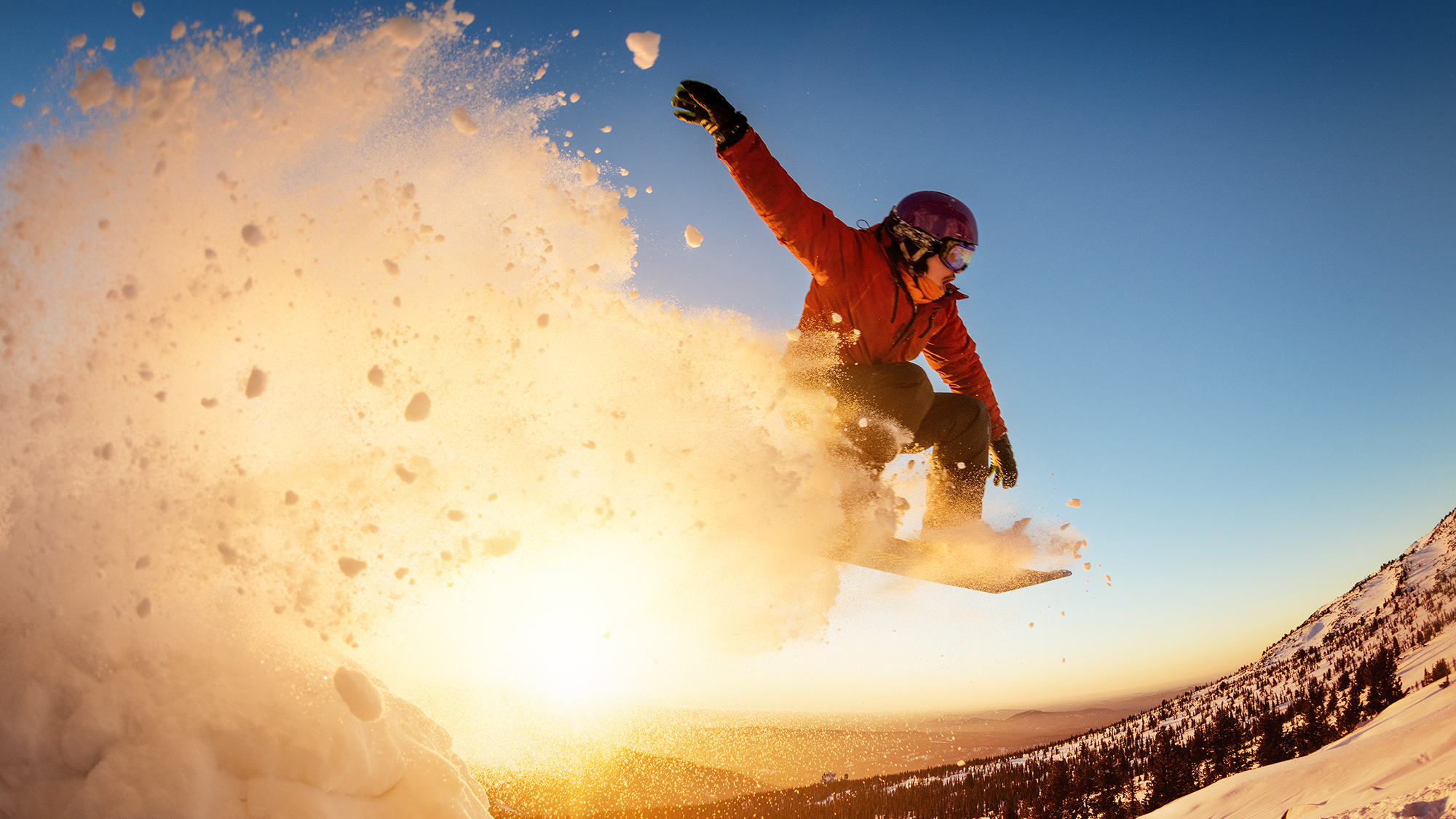
Have you ever lost yourself in the enjoyment of a hobby or in pursuit of mastery of knowledge or skill, where you stopped thinking about anything other than the task at hand and time seemed to stand still? If you have, you’ve experienced “flow.” First published in 1990, positive psychologist Mihaly Csikszentmihalyi’s seminal book, Flow, describes the science and characteristics of “optimal experiences,” where people are immersed in their work and feel a sense of timelessness and satisfaction.
1. Find the Play Inside the Work
In Beyond Boredom and Anxiety, Csikszentmihalyi focused on the mindset and habits of six groups of high performers: rock climbers, composers, dancers, chess players and basketball players. These passionate pursuits require intense mastery yet offer little extrinsic – social or financial – reward. Instead, the intrinsic satisfaction of achieving mastery was motivation enough, by far outstripping secondary benefits such as companionship, developing personal skills or winning in competitive fields. Intrinsically motivating – “autotelic” – activities were those most enjoyable to people and they most often led to the flow state, where action and consciousness merge, and one activity follows the next without conscious intervention. Csikszentmihalyi said feeling flow is like playing jazz.
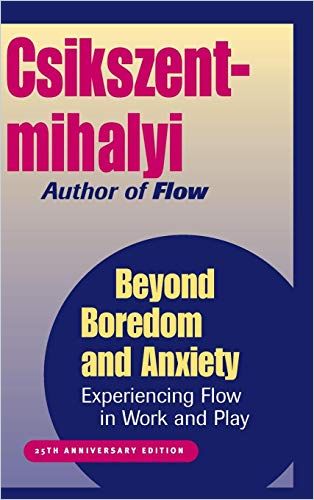
Behavioralists note that people find enjoyment in complex tasks; you need a certain amount of challenge to reach flow. Enjoyment enables people to release their inner tensions through their work and this pleasure is its own reward. Artists and athletes frequently experience a flow state, engaging so deeply in their work that other considerations fade away.
If we can learn more about activities that are enjoyable in themselves, we will find clues to a form of motivation that could become an extremely important human resource.
Mihaly Csikszentmihalyi
Find flow “between boredom and worry,” where you are absorbed in your activity and experience constant, but not worrying, challenge. This is what makes work seem like play.
2. Harness the Neuroscience of Flow
Flow happens when you’re grounded in the present moment. Author and founder of the Flow Research Collective Steven Kotler became interested in flow states while researching the feats of extreme athletes. In The Rise of Superman, he noted that, through practice, skill-building, perseverance and mental discipline, super-performers frequently enter a state of flow characterized by masterful execution and focus just below consciousness. In flow, your brain responds intuitively to the patterns it recognizes and reacts without conscious thought. Thus fully engaged, the brain releases a powerful cocktail of neurochemicals.
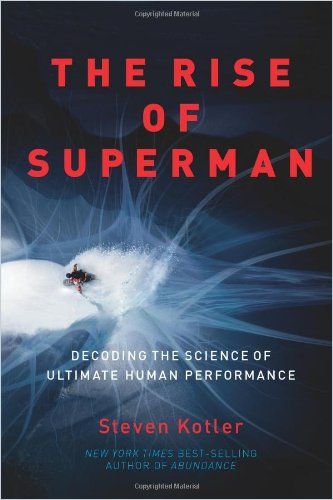
Dopamine sharpens feelings of excitement, engagement and curiosity. The brain diverts energy from complex thought processes. Without them, you lose your sense of self and experience unity with the world, similar to the state of bliss master meditators reach. It takes years of meditation practice to achieve what base jumping off a mountain gets you instantly, but of course, with far less risk. As the flow state weakens, serotonin kicks in to prolong the effect and embed the experience into your memories.
Flow carries within it delicious possibility. In the state, we are aligned with our core passion and, because of flow’s incredible impact on performance, expressing that passion to the utmost.
Steven Kotler
Kotler describes death-defying challenges such as skateboard jumping the Great Wall of China or flying through canyons in a wingsuit, feats that require intense focus to prevent catastrophe. Extreme athletes enter a mental and emotional “zone” of clarity, even serenity, where their instantaneous decisions feel unrushed and deliberate.
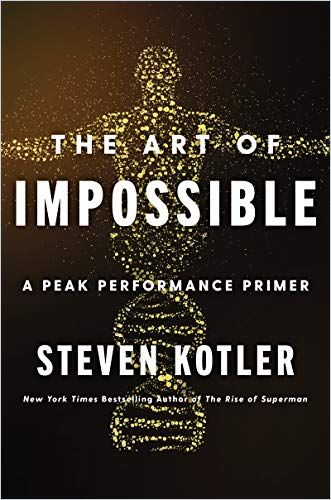
Luckily, you don’t have to fling yourself off a mountain or brave whitewater rapids to achieve flow. People from all walks of life can access it with practice. It’s just a matter of understanding what triggers the flow cycle. Less extreme activities such as hiking and surfing can induce flow, but so can playing video games. Many more people enter flow through their knowledge work than through extreme sports. However, the more emotionally intense an experience is, the better chance it has of being stored in long-term memory.
Flow is how you achieve the impossible.
Steven Kotler
Kotler defines the degree of challenge you’re looking for – that sweet spot between anxiety and boredom – as a 4% increase in task difficulty, where the challenge is slightly more demanding than your current skill levels. Only through self-knowledge can you determine the difference between pushing yourself productively versus tripping into a stress response. Attaining a flow state while learning new skills cuts your time to mastery in half. Groups can attain this flow state too when working together toward the same goals and facing the same challenge or risk.
3. Enter the Zone
While extreme risk triggers flow, there are (mercifully) other gateways. For instance, curiosity can trigger a flow state. Curiosity provides intrinsic rewards: satisfying your curiosity is its own pleasure. Columnist Kevin Dickinson writes that curiosity boosts happiness, creativity and productivity levels. Pique your curiosity by listing subjects you’d like to explore, even though they offer no extrinsic value to you.
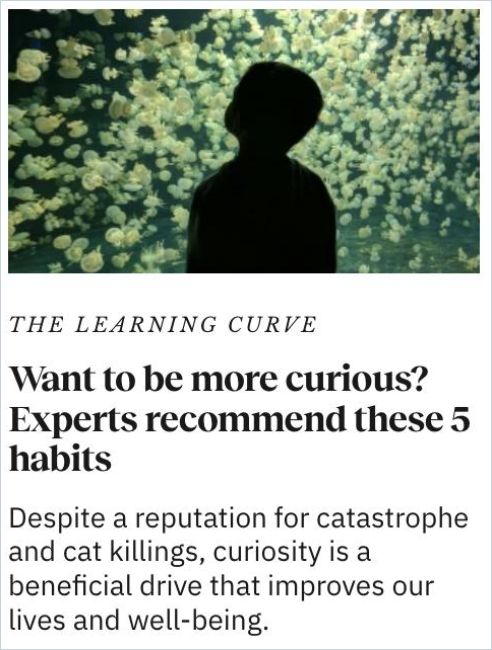
New environments can trigger flow. So can asking many “what if” questions. Open-ended questions prime your brain to want to fill in the blanks, kickstarting curiosity. Reframe boredom when it strikes as a challenge to be overcome, but not by mindless scrolling on social media. Distraction is a productivity killer, but do you know how much it costs you? Every time you allow your focus to be interrupted, it takes 23 minutes to get back on task, greatly adding to the time you will need to set aside to accomplish work. Become a serial monotasker. Flow is accessible to all but it’s the motivation and dedication to improvement that makes all the difference.
Damon Zahariades
Recognize the shape of the flow cycle to ride its rhythms to greater productivity:
- The cycle begins with struggle as you grapple with a problem, often overloading your brain with information.
- In the “release” stage, you let go of the problem for a while. Take a walk, for instance. This stimulates nitric oxide in your brain which makes you feel good and reduces stress.
- This sequence induces the flow state, so block out time to utilize it and set your sights on clear goals.
- Recover from this intense state to build up strength for the next session of struggle.
4. Optimize Your Flow State
Fear is a flow-killer, writes Damon Zahariades in The Art of Finding Flow. Don’t let it derail you. Athletes control their fear to avoid overwhelming their bodies with adrenaline, which inhibits transition to a flow state. Practice helps them build “situational awareness,” which keeps them calm in the clutch. Note what situations cause you fear. Do you need to be afraid, or are you just entering unknown territory or imagining the worst-case scenario? Take a minute to visualize a positive outcome instead.
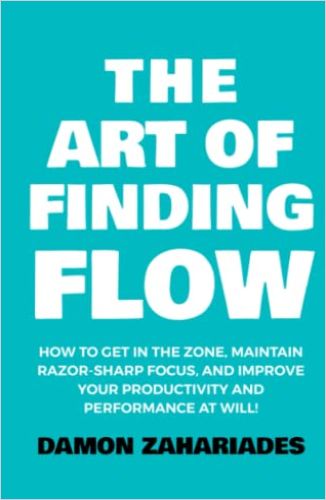
Leverage flow states by taking care of your body – getting rest, exercise and good nutrition. Work with your natural daily rhythms to take advantage of “basic rest-activity cycles,” or BRACs, which are natural cycles of productivity that last about ninety minutes. Take breaks in between work sessions but don’t check email or make calls or otherwise enroll in distractions. The Pomodoro method can help you stay on track.
If you’re looking for a productivity or creativity boost at work, kickstart a flow cycle by taking a walk or listening to music. Here are some tips to help you find flow faster:
- Choose a task that is challenging but not overwhelming, and that matches your skills and interests.
- Know what success looks like. Set clear and specific goals for your task, and break them down into manageable steps. Having a sense of direction and progress can help you stay focused and motivated. “Microgoals” pull you into the present moment.
- Eliminate or minimize distractions and interruptions. Turn off your phone, email, and social media notifications, and find a quiet, comfortable place to work. Use apps to block distracting websites and alerts.
- Focus on the process, not the outcome. Flow is about being fully present and engaged in the moment, not worrying about the future or the past. Enjoy the task itself, not the results.
- Seek feedback and adjust your performance accordingly. You can get feedback from yourself, your colleagues, your clients, or your supervisor. Feedback can also come from the task you’re working on, such as seeing the results of your work or getting a score.
“Grit” – perseverance in the face of obstacles – helps you relate the daily grind to your overarching goals, which brings escalating intrinsic rewards. Be willing to be an amateur; building skills takes time. Strength-train your attitude too. Csikszentmihalyi’s research led him to conclude that happiness depends upon one’s attitude and the happiest people frequently find their way into flow. They are more engaged with the outside world rather than obsessively inward-looking. The way to transform the inevitable disappointments and setbacks of life into joy and purpose is through habits of mindfulness, perseverance and a sense of fundamental agency, knowing that your response to adversity is more important than the adversity itself.
Find and stay in the flow zone with the help of these Journal articles:

